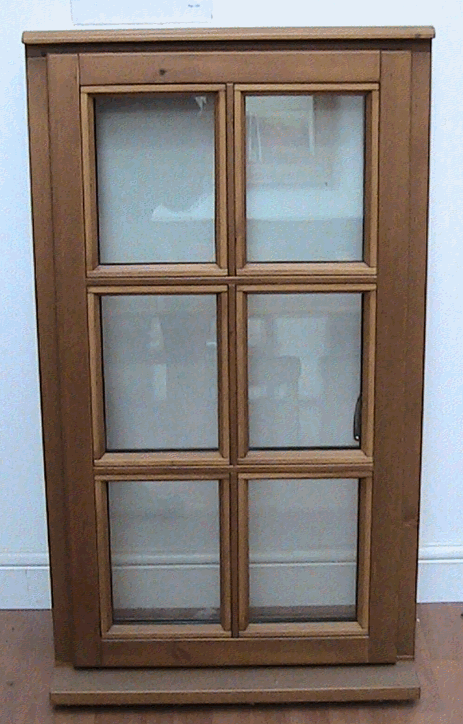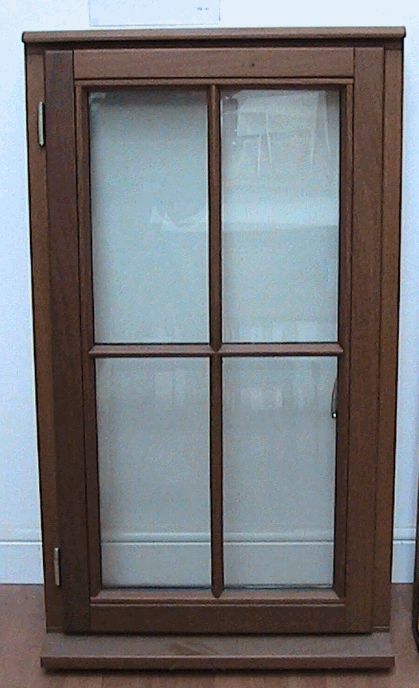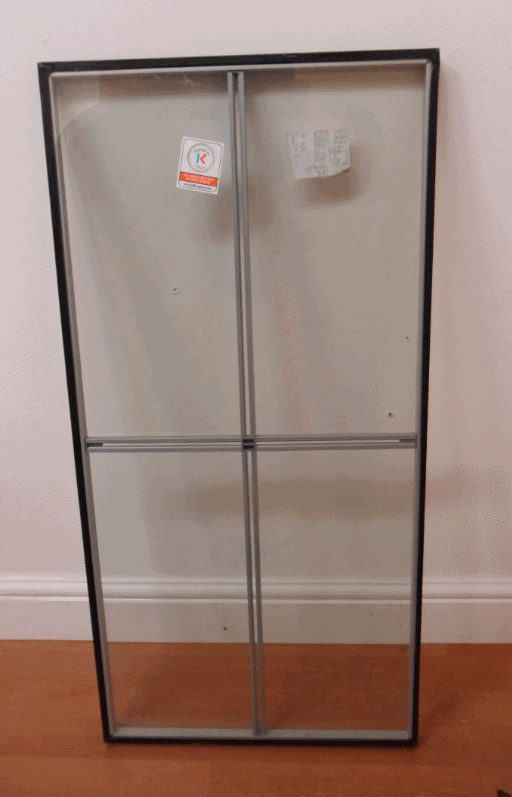Glazing Bar Types
Glazing Bar Types
If a window is to contain glazing bars, there are two options to choose from to achieve this: either real glazing bars or imitation stick on bars. The advantage of the imitation stick on bars is that they are a lot thinner than real glazing bars which make the window look more ornate, e.g., they are a similar thickness to the old 18mm putty point georgian glazing bars for single glazing. Real glazing bars are 47mm thick and the imitation bars are 23mm thick. Please see the photos below. The one on the left shows a window with imitation bars and the one on the right shows a window with real glazing bars. The imitation glass unit is one large panel that contains duplex bars which help give the effect of it being divided up into smaller ones. In comparison, the use of real glazing bars means that several glass panels have to be used and they all need to be individually beaded. We always manufacture imitation glazing bars from hardwood even if the rest of the window is in softwood. This dramatically increases their life and stability. The window photos shown below are of their external view.
Duplex Glass vs Individual Panes
When using imitation glazing bars, glazing panels with duplex bars are needed. See the photo below from which the duplex bars within the glazing panel can be seen. The duplex bars are sandwiched between the two panes of glass. They are needed to make the imitation bars look solid. Sometimes, there are cost benefits to using one large duplex glass panel as opposed to using many smaller glass panels. This becomes most noticeable in multi-pane windows such as georgian type. There is virtually no difference in centre bar windows.





